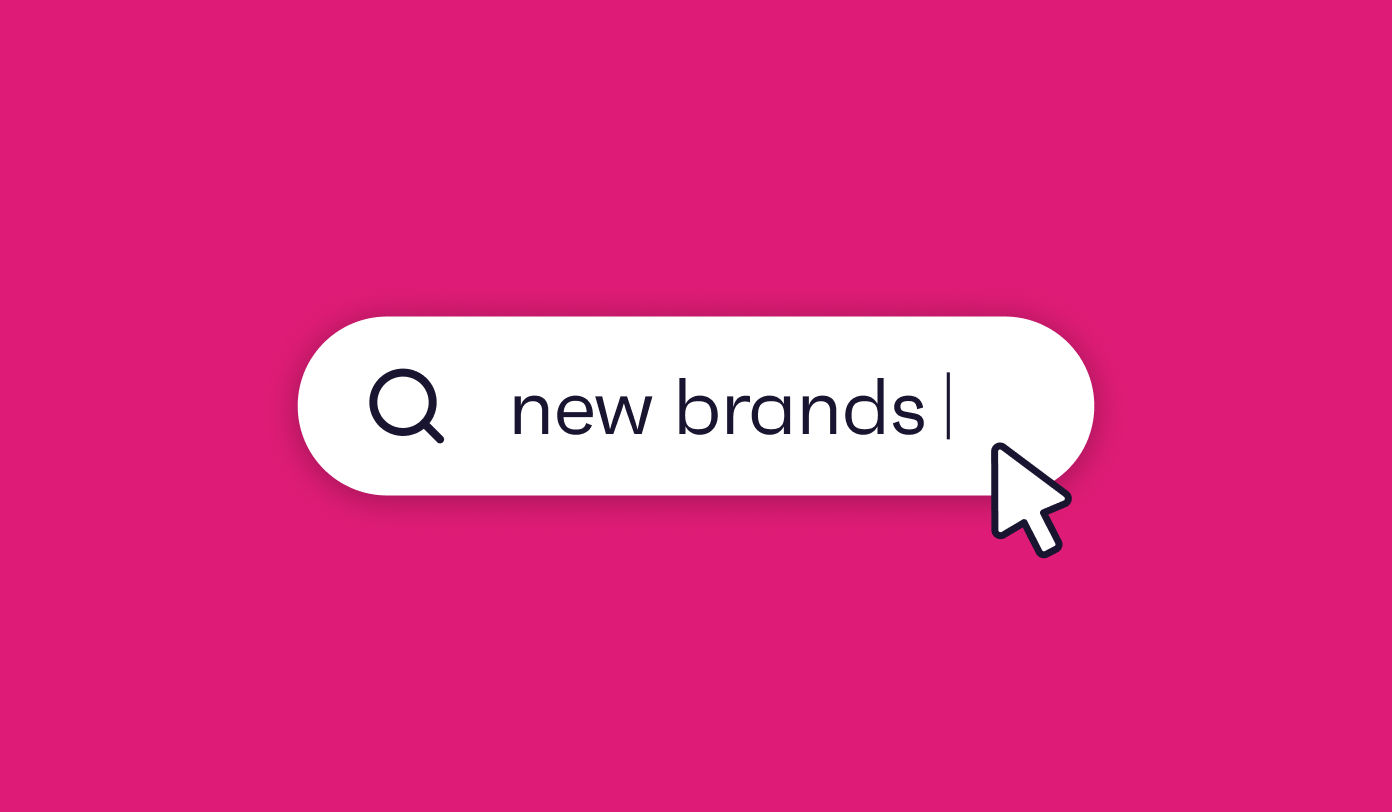Successfully targeting the right audience segments starts with how well you know them. Engaging this audience comes down to how well you understand them.
72% of marketers consider data analysis to be the most important skill for their organization to acquire over the next two years.
Consumer data is playing a more pivotal role than ever in helping businesses understand today’s audiences – backing creative ideas with insights that reflect real people.
But how do you know what data is right for you?
For many, the choice is a relatively simple one, based on the assumption that all data is born equal. But this is far from true.
An endless variety of data sources (first party data and third party data), types and methodologies are used around the world, all of which greatly impact the quality of your insights. Ensuring you make the right decisions for your business means asking the right questions, starting with these:
1. What kind of data do I need?
Different parts of your organisation will have different data needs when it comes to data analysis and audience targeting, so this is the first thing to consider.
The research and planning teams may need access to in-depth audience profiling data that paints an accurate picture of the consumer, or look at similar digital marketing themes such as lookalike audiences.
This will help them build data-driven personas and consumer journey maps and to write creative briefs steeped in reliable research.
The marketing teams in various brands and media agencies might need to better understand their target audience to improve marketing and ad campaign performance or generate a greater return on investment.
For this, it takes complex data that quantifies everything from user behaviors and perceptions to attitudes and interests, helping them to take a more consumer-centric approach and drive engagement with powerful insights.
The customer success teams may need data that will help them optimize the customer experience and identify any gaps to be filled.
For this, they not only need behavioral analytics that track the entire customer journey and every touchpoint involved, but perceptions data that can help them identify any aspects of the brand that require more attention.
2. What questions do I need to answer?
As Bernard Marr states in Data-Driven Decision Making: 10 Simple Steps For Any Business, “Instead of starting with what data you could or should access, start by working out what your business is looking to achieve.”
This means getting back to strategy and the business goals driving your data needs.
By first identifying the aspects of your strategy that require the most attention, you can outline exactly what kind of data can help.
Start with the unanswered questions surrounding your audience that you wish you had the answers to, and go from there.
- Am I targeting the right audience?
- What defines them?
- What matters to them?
- What motivates them?
- What interests them?
- Who and what do they follow?
- Where and when can we reach them?
- What are their perceptions of our brand?
- How are they interacting with us?
- What does their purchase journey look like?
3. What kind of data will answer my questions?
According to research by Experian, 25% of U.S. companies believe their data is inaccurate, while 66% lack a coherent, centralized approach to data quality.
To address these knowledge gaps, 94% of companies use a third party to enrich their data sets.
But is this third-party data of sufficient standards? And what are the important factors to consider?
It’s important to challenge providers about the quality of their data, finding out not only how it’s captured, but how current it is.
“Not all data is born equal”, as Ali Little, our COO explains. “We encourage the industry to demand more information on the methodologies being used to infer consumer attributes”.
4. Is it first party data or third party data?
The many of flaws of third party data analytics is well documented, though widely misunderstood.
Agencies, publishers and brands alike are still investing heavily in third party data that is, to a large extent, unreliable – gathering broad audience data segments and insights that really track devices as opposed to people, often without a consumer’s knowledge or consent, and sometimes for IP addresses outside the target market.
At GlobalWebIndex, we use both active and passive measurements to collect data on a global, opt-in panel of over 22 million connected consumers.
This way, we know the data we collect is true to life, and given with the consumer’s consent.
Demanding access to this kind of information is key when using data to ensure your approach is both ethical and effective.
5. How up-to-date is it?
To ensure quality and accuracy, decision-makers need access to data that is as up-to-date as possible.
Again, taking a closer look at a provider’s research and methodology will give you the answers you need to make an informed decision.
- Is the data aggregated or single source?
- Is it updated yearly or quarterly?
- How is it updated?
- How easy is it to access and analyze?
- Are industry, market and consumer trends taken into account?
- Is it sourced from the latest official figures?
- Are device ids, user ids, and ip addresses taken into account, and how?
- Does this fall in line with recent regulation?
Poor quality data can lead to poor decision-making across the business, so choosing research that is updated in the right way is key.
6. How accurate is it?
Ensuring the data you’re using is representative of both the global population and your customer segments again depends on how this information is collected.
You need to know if your provider uses stratified sampling techniques to ensure the samples are representative.
This means querying if quotas on the sampling have been constructed to ensure the correct proportion of respondents are included for the most accurate reading.
7. How easily can I extract insights from audience data?
To get the most out of your data, the relevant teams will need the right skills and resources in place to analyze the data and extract the insights they need easily and efficiently.
At this stage, it’s important to consider how easy the data is to interpret and how accessible it is.
Consumers expect a seamless customer experience across every single touchpoint and stage of the purchase journey.
The ease with which your organization can access these insights is the key to making this happen.
By choosing a provider that makes the data readily available through a user-friendly platform, this will ensure the integration process moves as smoothly as possible.
From there, you should have a clear process in place so that these findings are both actionable and easily communicated.
8. How will it be used across the business?
When buying data, it’s important to not only share the insights you gain from it, but to act upon it.
Does your organization have the ability to change direction in any significant way based on the insights and/or opportunities uncovered?
U.S. lawn care company, GreenPal, used census data on factors such as household income to identify zip codes that were both potential customers and price sensitive, then quickly targeted them with ads offering ‘lawn mowing from $20’.
Combined with a tailored landing page, GreenPal saw a 200% increase in click-through rate and a 30% lift in on-page conversion.
Ensuring your business is ready to put these insights into action in this way means you get the most from your investment.
9. How will I measure the value of my data?
Like this, the data you choose needs to make a positive contribution to your ROI. You will need to demonstrate this with a clear measurement of that return, within the framework of the entire purchase journey.
This should also assess the cost of making uninformed or bad decisions on their advertising campaigns where budgets can be wasted and potential customers lost.
Having clear objectives in place to quantify the impact of your data will prove invaluable when measuring its return.
Only then can you leverage high-quality, relevant data that drives tangible and measurable improvements across your business.
10. How are others successfully using consumer data?
The last thing to look at is how leading businesses are integrating consumer data and in many cases CRM data too. This will give you some clear direction as to what’s needed and how to leverage it for greater impact.
Take a look at success stories with consumer data by browsing the latest case studies, testimonials and blogs. This can spark ideas as to what approach is most effective, while gathering valuable feedback into what works, and equally, what doesn’t.
There are endless examples of leading marketers putting consumer insight at the forefront of their activity.
But for those who want to make consumer-centricity a reality across their entire organization, audience data and audience profiling holds the key.
10 Questions Every Data Decision-Maker Should Ask:
- What kind of data do I need?
- What questions do I need to answer?
- What kind of data will answer my questions?
- Is it first or third party data?
- How up-to-date is the data?
- How accurate is it?
- How easily can I extract insights?
- How will it be used across the business?
- How will I measure the value of my data versus data cost?
- How are others successfully using consumer data?






.webp?width=495&height=317&name=pink_thumb_graphs%20(1).webp)
.webp?width=495&height=317&name=pink_thumb_letter%20(2).webp)
